You must be wondering how to remove pond sludge and how to prevent it from happening again!!
There is no way around it: Sludge is a common problem for pond owners. As long as it’s there in traces and in small quantities, it’s not too concerning. Having sludge build up in your pond can cause problems, but it is a preventable problem. A layer of thick, black substance is present at the bottom of the pond, and it stinks.
Sludge accumulation in ponds is a common problem for pond keepers, but they don’t always understand what it is and how it forms. Additionally, pond keepers can keep it under control by keeping it treated and by keeping it afloat.
You’ll find out what sludge is, how to get rid of it, in this article…
What Is a Pond Sludge?
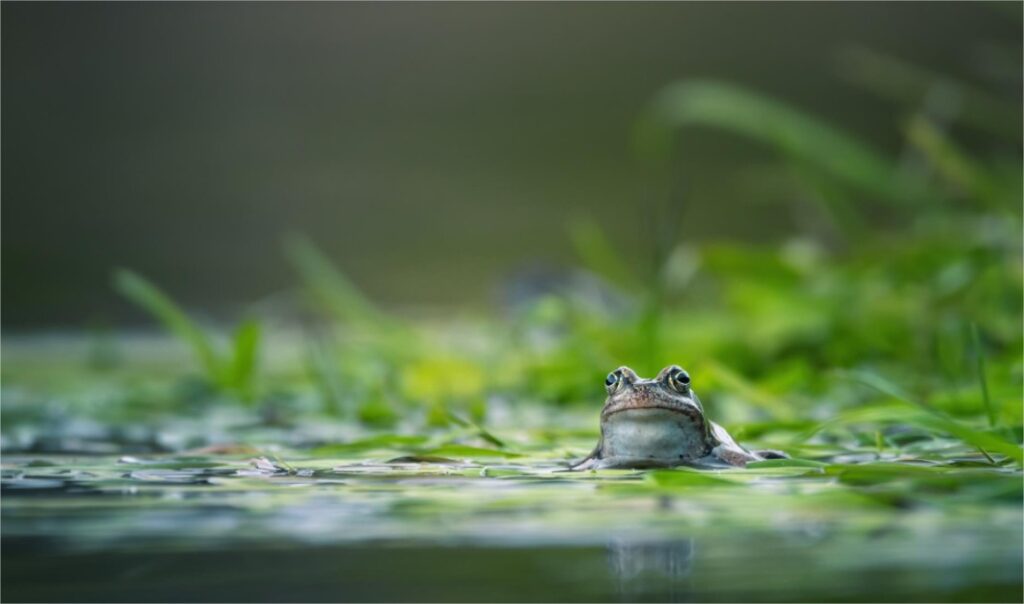
The term sludge is for semi-solid slurries that come from a wide range of industrial processes, from water treatment to wastewater treatment or on-site sanitation. When wastewater is not there, semisolids such as feces settle down.
Many other names are also used for pond sludge, for example, mulm, muck, sediment, and other more colorful terms. It simply develops from organic material accumulating at the bottom of a pond.
Sludge, most commonly made up of leaves, fish waste, decaying plant debris, dead algae, and debris that comes into the pond with rain runoff is developed from decaying plant debris, dead algae, and dead leaves.
How To Remove Pond Sludge

Despite all efforts to prevent it, sludge will eventually accumulate in some ponds. You can save the pond in two ways at this point.
Physically Remove:
Sludge can either be physically removed with hands or by using a pond vacuum. However, these procedures will remove some of the oxygen-loving, beneficial bacteria, while leaving behind some of the dangerous hydrogen sulfides.
Add Beneficial Bacteria:
Secondly, you should add additional, beneficial bacteria to your pond so that they can “attack” the sludge, break it down, and digest it while boosting your pond’s oxygen levels.
Sludge Treatment and Disposal
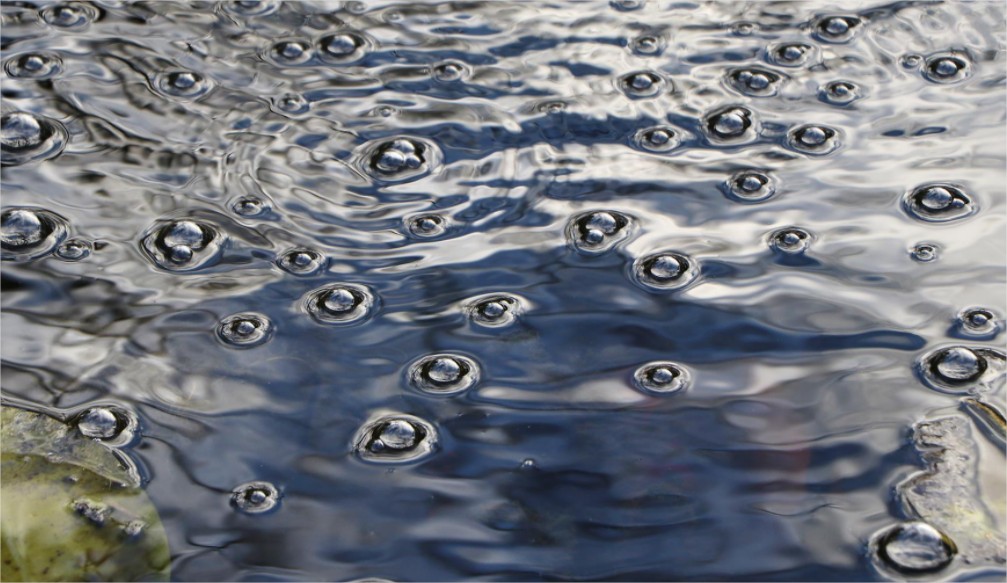
Although it is not possible to prevent pond sludge, certain actions help to limit its buildup and thus reduce its harmful effects.
A good filtration system:
In addition to mechanical and biological filtration, you need to ensure that the pond is set up in a way that reduces sludge buildup and keeps the pond much healthier.
Fishing in the right way
When a pond is overfilled, the decomposition of fish waste is hampered by a lack of oxygen. Fish kept in a pond will be healthier if there are fewer of them. A significant problem with fish is overfeeding. Food that has been left immediately builds up in the bottom.
Bacteria that are beneficial
It is a recommendation that you add packaged beneficial bacteria to your pond as directed in order to maintain healthy bacteria colonies.
The process of aeration
Bacterial colonies will be able to do their jobs better if there is more dissolved oxygen in the water. If sludge buildup reduces the oxygen in the water, you can also help save fish by adding additional aeration.
Water plant maintenance
Aquatic plants decay and grow new foliage as part of their natural lifecycle. By removing all yellow and brown leaves before the rot, pond sludge ends up significantly.
Netting made of leaves
Leaf netting helps to prevent leaves from falling into a pond in autumn. Maintaining the pond’s cleanliness can be a crucial step. Keeping leaves outside is far easier than removing them later on.
Homemade Pond Sludge Remover
Pond filters can help remove excess nutrients and waste from your pond when sludge is becoming a significant problem. Pond filters are also effective in reducing the amount of sludge in your pond. In addition to creating a pond filter, a filter creates a healthy biological filter for your pond, reducing water quality issues and improving fish habitat.
In addition to removing sludge, pond vacuums are also useful for maintaining a healthy pond, especially for larger lakes.
Check Out Some Interesting Facts About Pond Cleaning
Is Sludge Good For The Garden
As matter breaks down in your pond, the sludge becomes thicker and impermeable to oxygen, starting with little to no debris. By the end of the process, the sludge assumes an anaerobic state, causing the bacteria within the pond to produce hydrogen sulfide.
Some of you will be familiar with the fact that Hydrogen Sulphide smells like rotten eggs (perhaps you detected this smell after disturbing your pond’s bottom or cleaning out your filters).
There is nothing unusual about this sludge, and under normal conditions, it won’t cause any problems unless it’s severe. When left unchecked, a thin buildup will eventually thicken and start causing problems. In the pond, oxygen levels will be low as a result of the decomposition of the organic material.
Anaerobic conditions will result from the debris. Hydrogen sulfide can be produced in this oxygen-free environment. When hydrogen sulfide is released into the pond environment, it will begin to harm all the other things living there, starting with the beneficial bacteria. Ponds may also smell unpleasant due to this.


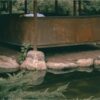
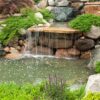
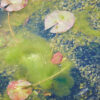

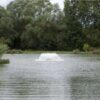



Pingback: Tea-Colored or Brown Water - What to Do - Aquigarden